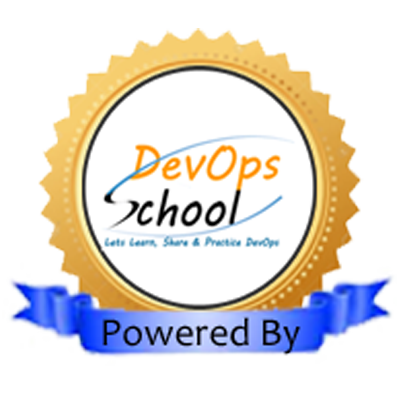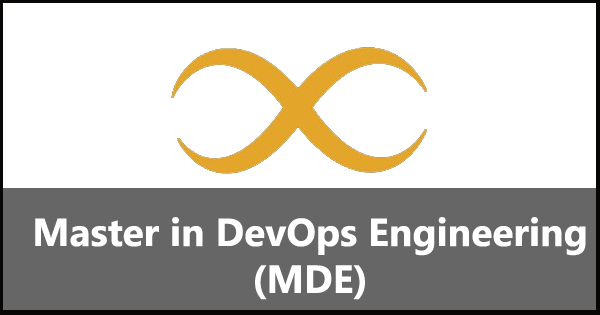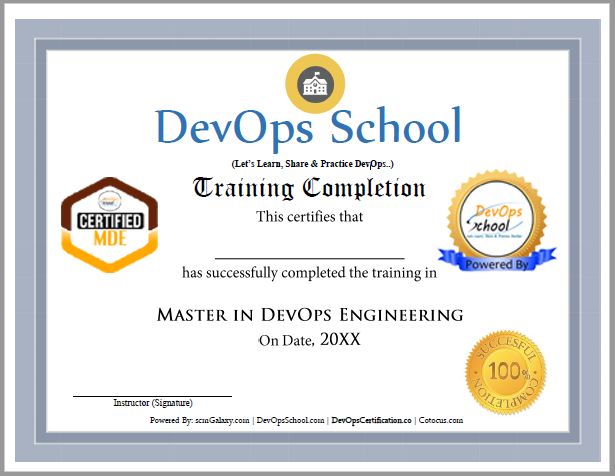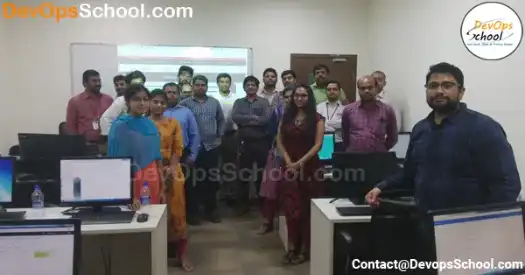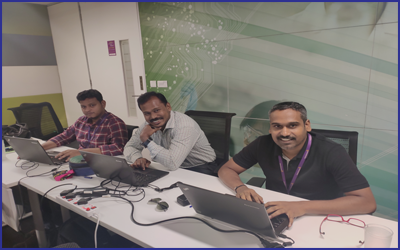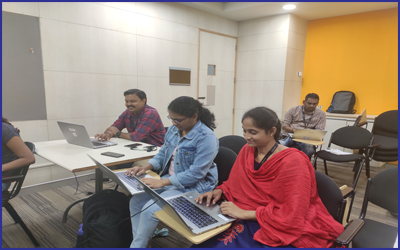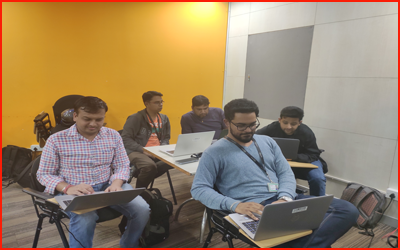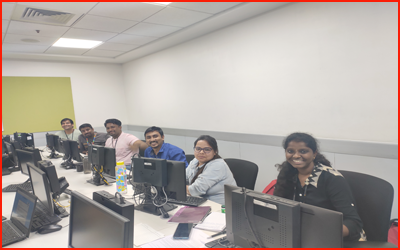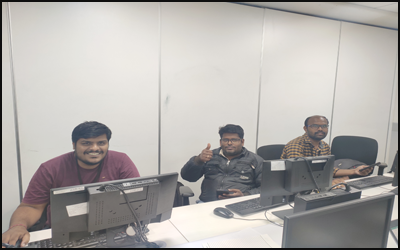Certifications always play a crucial role in any
profession. You may
find
some DevOps professional's, who will tell you that certifications do not hold
much value; DevOps
is
about culture not any individual skillset or technology. They are right to some
extent, but
certifications are important or always nice-to-have in your resume.
According to Payscale research reports, when
employers takes
interview
of any prospective candidate they have one criteria in mind, How will this
particualr
candidate
can add value to my organisation, particularly in comparision with others on
the list? and
having a professional certification from a reputed institute definitely tilt
the scale in
your
favor.
Certification serves as a testimonial of your
skills, therefore it
is
important for you to get the necessary certifications.
"Master in DevOps Engineering (MDE) Certification"
- This is the
only
Certificaiton which makes you a certified professional in DevOps, DevSecOps
and Site
Reliablity
Engineering (SRE).
This Certification will help freshers to get into a
JOB and
expereinced
professionals in their transition from other areas of IT into DevOps as a
new job role.
The demand for skilled professionals at DevOps,
DevSecOps and SRE
is on
an all-time rise and you can take advantage of this opportunity to avail top
positions at
renowned organizations by acquiring the right skills and certifications and
Master in DevOps
Engineering Certification is perfectly fit for that.
Almost 42% of companies all over the world want
DevOps Engineer,
Manager, or consultant in their workforce and 57% of companies want
opensource experts with
masters DevOps skills, but positions are not easily filled. The Master in
DevOps Engineering
certification proves the skills of certificate holder in DevOps, DevSecOp
and SRE thereby
guaranteeing a job opportunity for sure.
Getting Certified in DevOps with DevSecOps and SRE
skills can make
you
a valuable asset for your company and your desirable work profiles will
definitely come to
your
way with excellent salary hikes.
Masters certification in DevOps with DevSecOps and
SRE concept is
going
to be a recession-free profile. It is here and would continue to be in
demand for a long
time to
come. Reason? Companies wants to improve their software development and
operational
efficiencies
at all costs.
There are diverse job roles will be available for a
Certified
Master
DevOps Engineer which includes infrastructure architects, automation
architects, DevOps
architect, and DevOps consultant, DevSecOps architects, Lead Site
reliability engineer etc.
How much does a Certified DevOps
Engineers/Architects make?
The average salary's are based on various research reports published in site
like
Glassdoor/PayScale/Salary/Neuvoo
United States:- $175,000 - $201,825
India (Median salary):- INR 18,00,000
Australia:- AU$117,117 - $199,098
Germany (Median salary):- €56,457
London (Median salary):- £ 54,069

